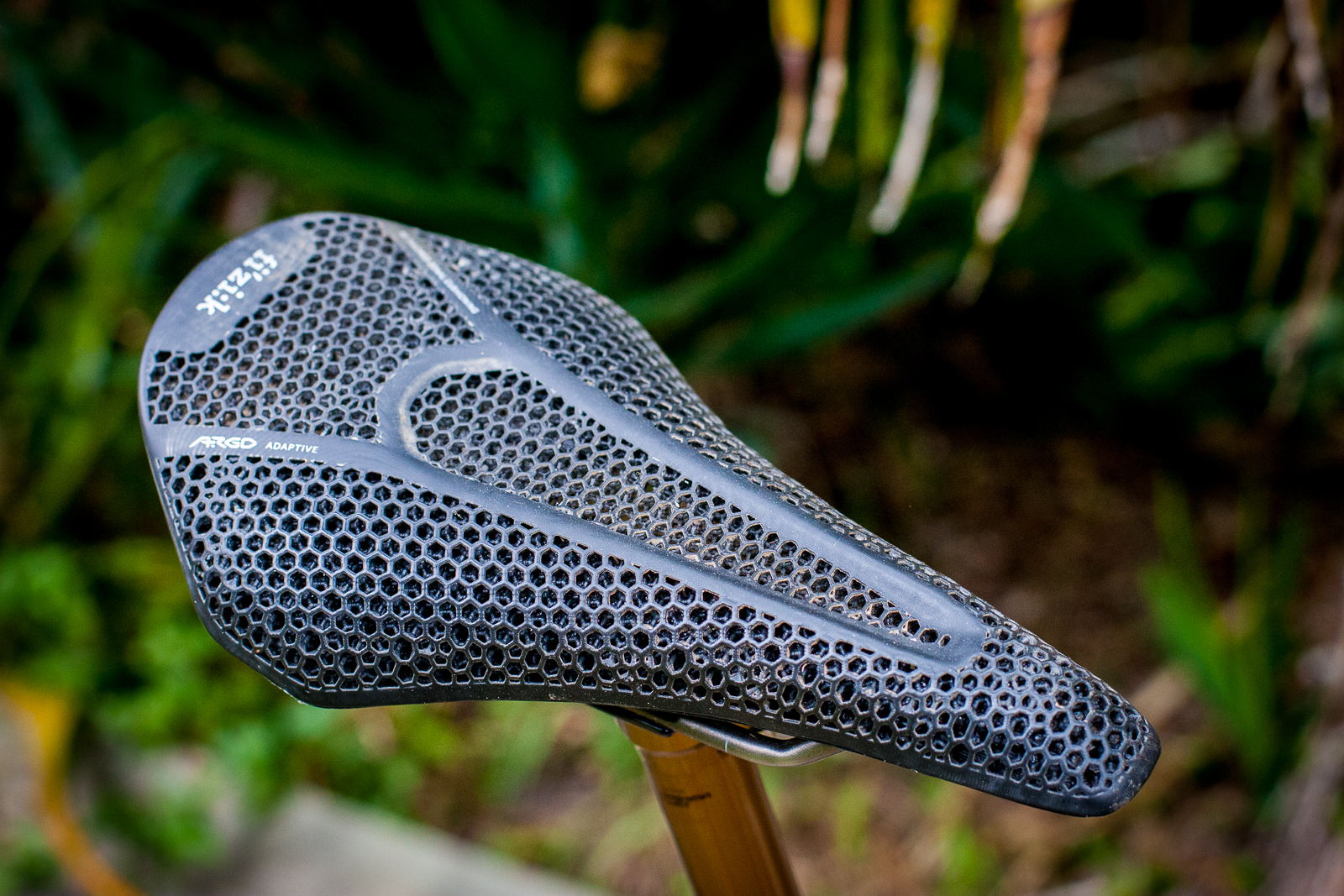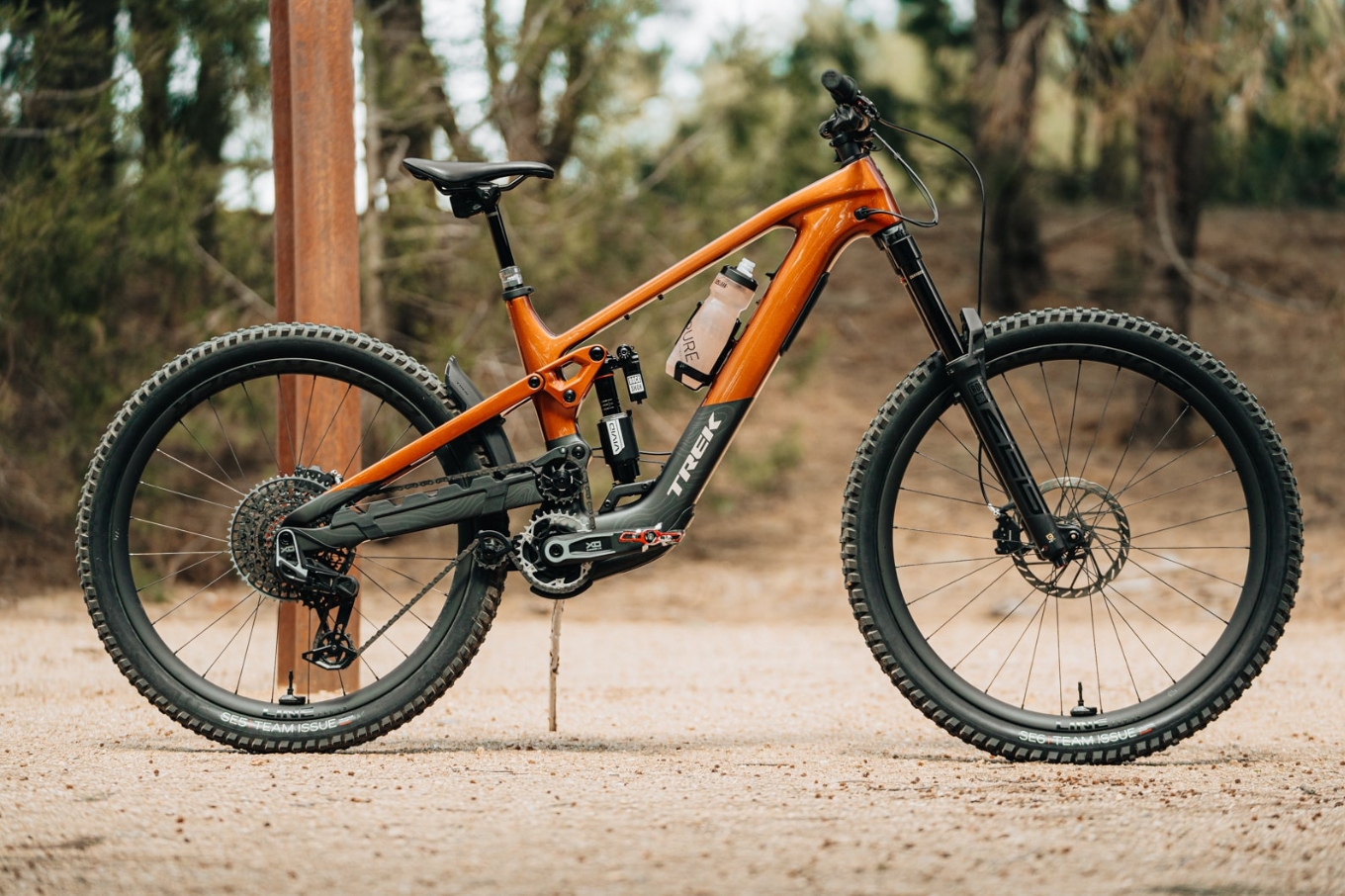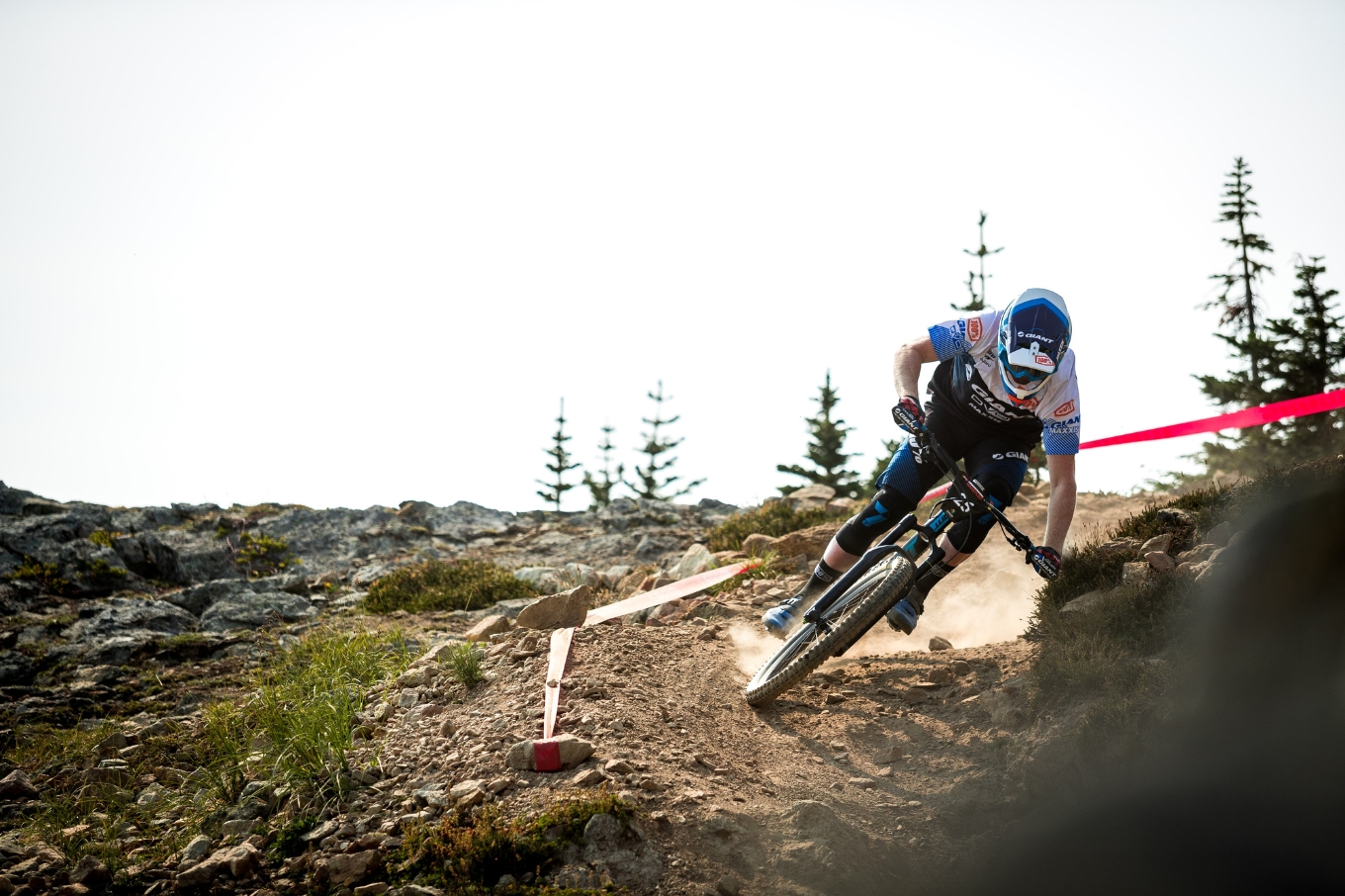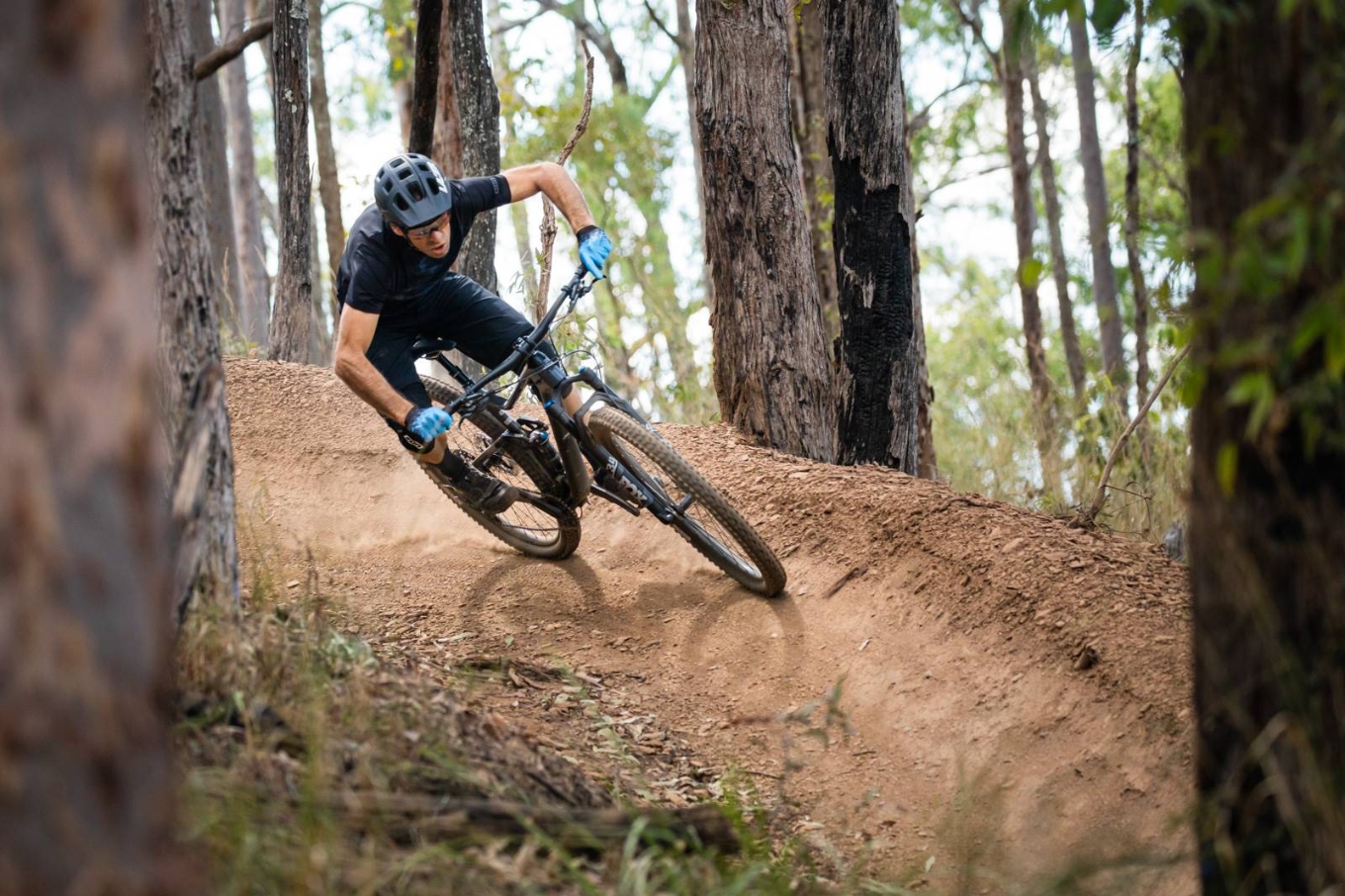TESTED: Fizik Argo R3 Adaptive Saddle
The use of the 3D printed 'mesh' look allows Fizik to control how soft and firm the saddle is in different areas.
outsidefbren3D printing is pretty hot right now, with all sorts of things being printed and designed. Beyond the humourous accessories printed by @outsidebrendan on Instagram, the bike industry has seen some cool use of 3D printing. Namely – for saddles.
Last year I tested the Specialized Power Pro with Mirror. It was a 3D printed version of Specialized's popular Power saddle. One of many shorter, wider and flatter saddles, this popular style shape has been seen in a number of models by different brands, including Fizik who make the Argo. It's neither a road saddle nor a mountain bike saddle, having quite a flat profile with a slight relief channel and a dropped nose. The Argo Adaptive comes in a 140mm width (tested) and a 150mm width. The use of the 3D printed 'mesh' look allows Fizik to control how soft and firm the saddle is in different areas. This means it can offer the support where it's needed, and all day comfort where that suits best.
With 7mm rails, our test model was 242g, which is pretty light for a mountain bike saddle that claims all-day comfort. The Argo Adaptive R1 is a lighter seat with carbon rails, if you need to chase less weight.
On the trail
I set this saddle up pretty much straight flat, but after a quick check I also moved it a little forward, as I found I did sit more towards the back of the saddle, as opposed to the middle like some longer saddles.
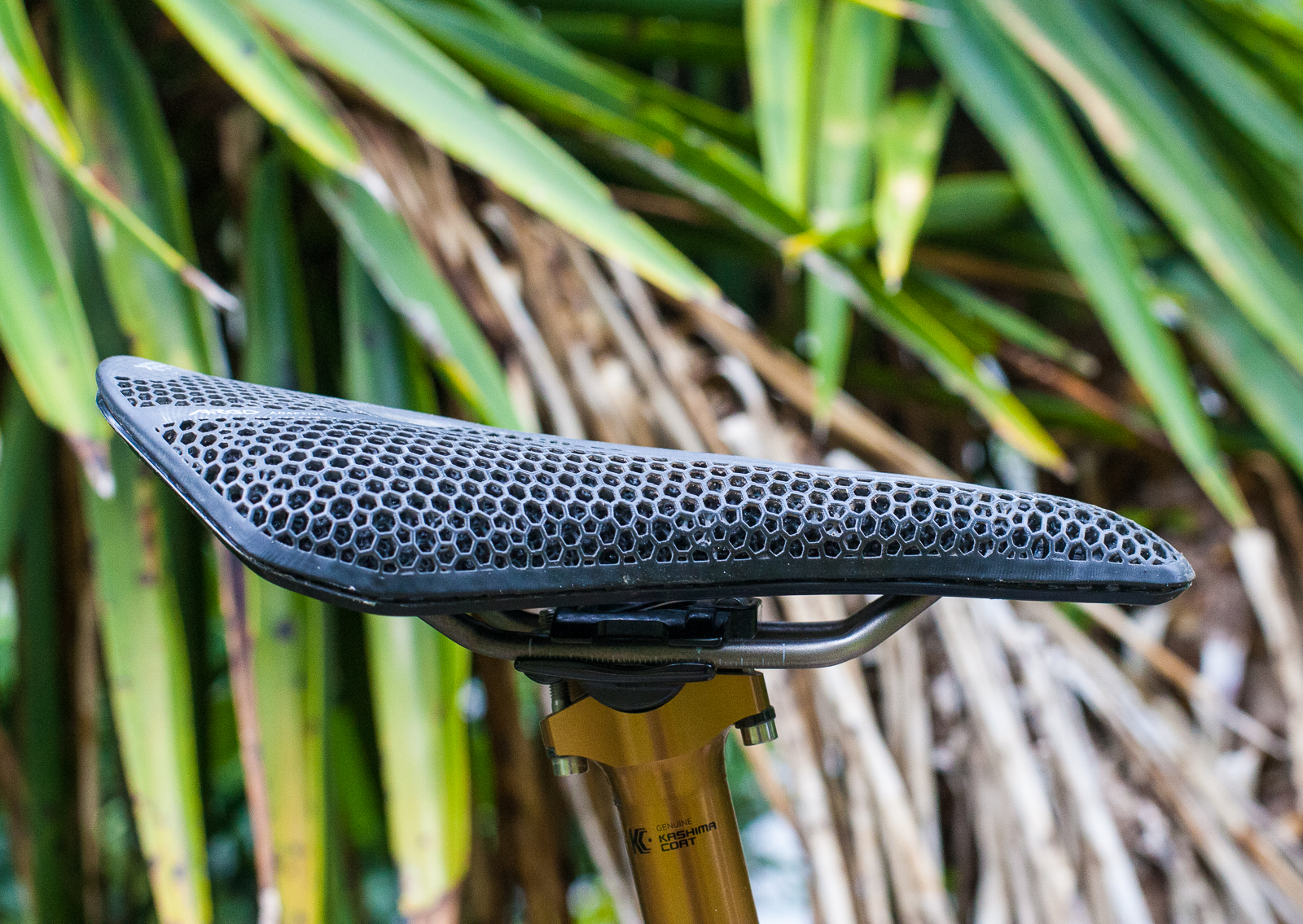 It is hard to not make a direct comparison to the Specialized Power Pro with Mirror – so I will. From first sitting on it, the Argo Adaptive R3 was not as comfortable as the Specialized saddle. Given I was setting this up on a cross-country 120mm bike, comfort is relative in a way. I found the Argo was very firm to sit on at first, especially through the middle of the saddle. But when pedalling, the softer sections do tend to give more, which changes the comfort of the seat. If a seat is soft and squishy, you tend to sink into it and the padding degrades quickly. But with 8 months of use on the Argo Adaptive R3 I've had no change in the comfort.
It is hard to not make a direct comparison to the Specialized Power Pro with Mirror – so I will. From first sitting on it, the Argo Adaptive R3 was not as comfortable as the Specialized saddle. Given I was setting this up on a cross-country 120mm bike, comfort is relative in a way. I found the Argo was very firm to sit on at first, especially through the middle of the saddle. But when pedalling, the softer sections do tend to give more, which changes the comfort of the seat. If a seat is soft and squishy, you tend to sink into it and the padding degrades quickly. But with 8 months of use on the Argo Adaptive R3 I've had no change in the comfort.
While the Argo Adaptive didn't wow me with a first sit test, it hasn't been removed from my bike yet, even with a few arduous 6 hour mountain bike races that fell into the long testing period.
From a mountain bike stand point, the edges are reinforced so they will stand up to knocks and bumps. The padding itself looks super fragile, but despite being thrown in the back of my van, into bike bags, and down the trail a few times, the saddle shows no signs of any issues.
My take
Reviewing a saddle is difficult. I didn't find this saddle ridiculously comfortable. But I didn't find using it a concern at all, even on long and rough mountain bike rides. Nothing cracked, nothing split – nothing developed an annoying creak. So maybe Fizik just nailed the design? I think it shows that the right amount of cushioning and a good shape makes a difference. I like the shorter, flatter saddle shape, and the 3D printed padding has let Fizik make this saddle supportive where needed, and a little softer where that's required. I didn't think about the saddle when riding, and that counts for a lot on endurance rides and races. This saddle would suit someone wanting a high end, supportive saddle for endurance riding and racing.
RRP: $419.95
From: Advance Traders
Hits:
- Firm but comfortable
- Built tougher than it looks
- Shape is versatile
Misses:
- Not a crazily soft saddle
- Expensive for a seat

